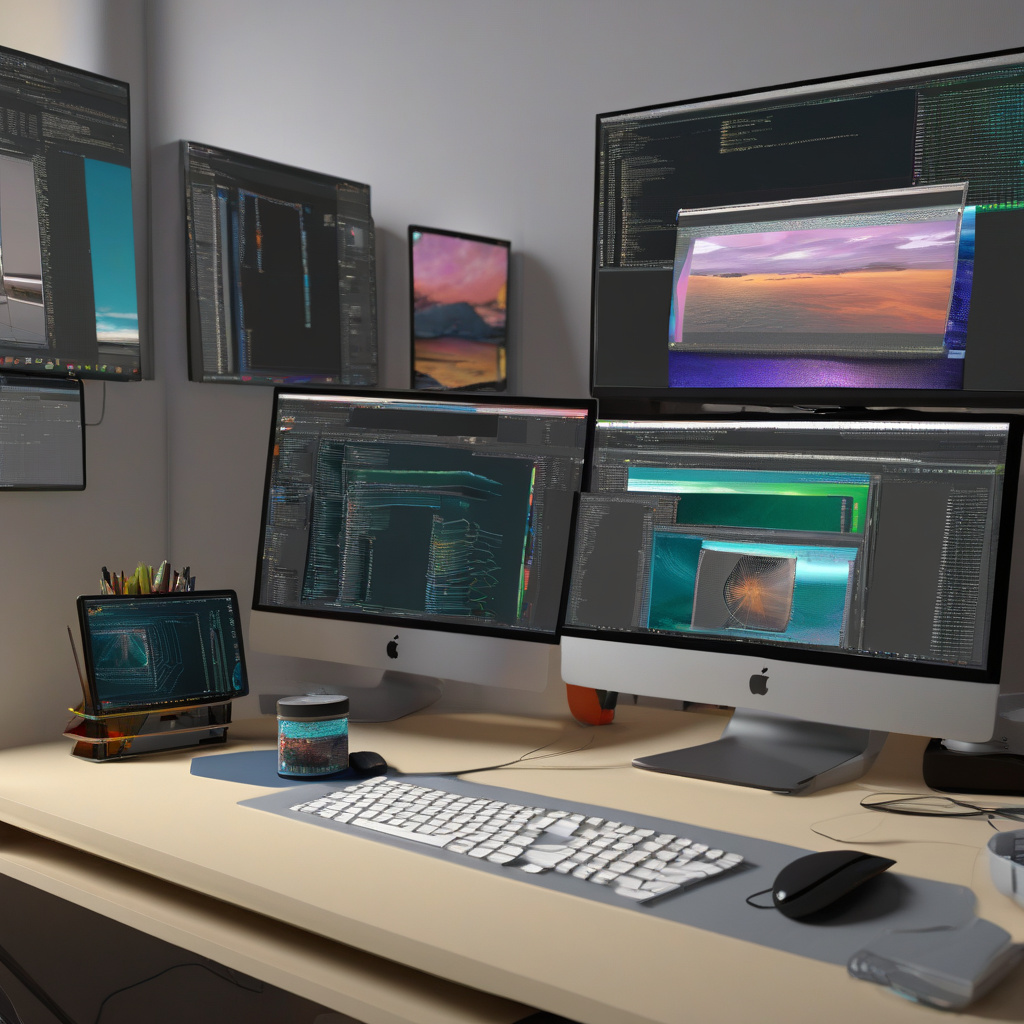In the realm of IT and software development, ensuring the optimal environment for your work is crucial. When it comes to developing for the Linux desktop, having a seamless setup can significantly boost productivity and efficiency. One approach that has gained traction among developers is leveraging a Virtual Machine (VM) to create a tailored Linux development environment on a desktop system.
Virtual Machines offer a sandboxed space within your existing operating system, allowing you to run multiple operating systems simultaneously on a single machine. This capability is particularly advantageous for Linux development, as it enables you to test software across different distributions and configurations without risking your primary setup.
Setting up a VM for Linux development is not as daunting as it may seem. With user-friendly tools like VirtualBox or VMware Workstation, you can quickly create a virtual Linux environment on your desktop. These platforms provide intuitive interfaces that guide you through the process of setting up a VM, allocating resources, and installing the Linux distribution of your choice.
One of the key benefits of using a VM for Linux development is the ability to isolate your work environment. By encapsulating your development setup within a virtual machine, you can avoid conflicts with your host operating system and other software installed on your desktop. This isolation ensures that your development environment remains stable and consistent, enhancing the reliability of your work.
Moreover, VMs offer snapshot functionality, allowing you to capture the state of your virtual machine at different stages of development. This feature is invaluable for testing and debugging, as you can revert to a previous snapshot if an update or change introduces unexpected issues. By leveraging snapshots, you can streamline your development workflow and minimize downtime caused by troubleshooting.
Another advantage of using a VM for Linux development is portability. Once you have configured your virtual machine with the necessary tools and dependencies, you can easily transfer the VM to another system. This portability enables seamless collaboration with team members, as you can share the virtual machine across different devices without the need to replicate your development environment manually.
In addition to facilitating development tasks, VMs offer a secure environment for experimenting with new software or configurations. Since virtual machines operate independently of your host system, you can test potentially risky changes within the isolated environment of the VM without affecting the stability of your primary setup. This flexibility empowers you to explore innovative solutions without compromising the integrity of your desktop.
Furthermore, VMs provide a scalable solution for Linux development, allowing you to adjust resource allocation based on the requirements of your projects. Whether you need additional CPU cores, memory, or storage for intensive tasks, you can easily modify the settings of your virtual machine to accommodate changing demands. This adaptability ensures that your development environment remains responsive and efficient, even as your projects evolve.
By harnessing the power of a Virtual Machine for Linux development, you can enhance your workflow, streamline collaboration, and explore new possibilities in a secure and isolated environment. Whether you are a seasoned developer or just starting your journey with Linux, incorporating a VM into your desktop setup can elevate your productivity and empower you to tackle complex challenges with confidence. Embrace the versatility of virtualization and unlock the full potential of Linux development on your desktop.

